

Shea's Performing Arts Center
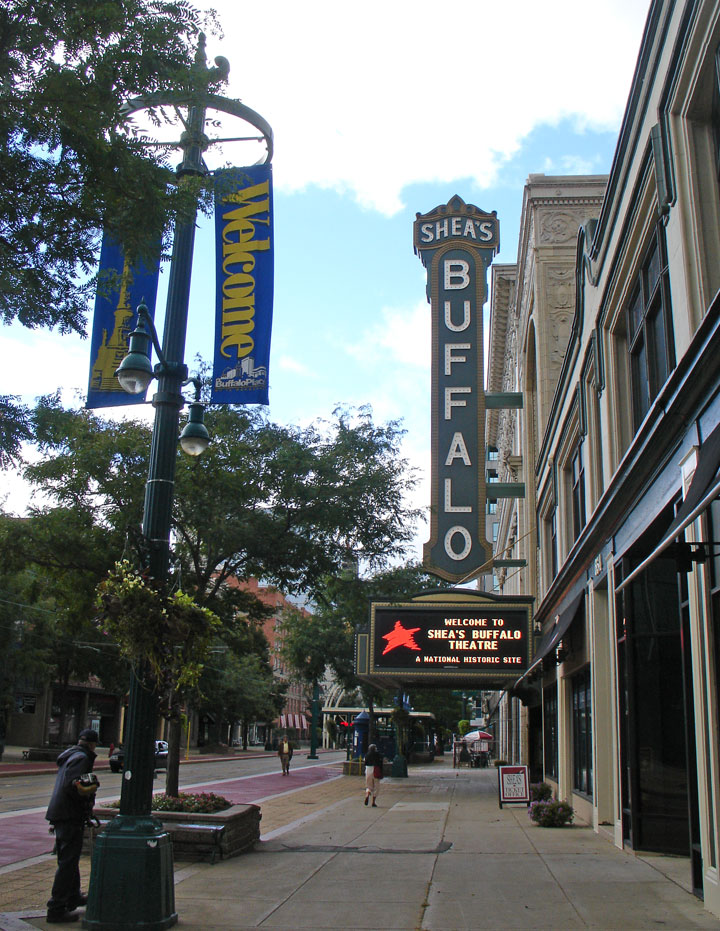
Shea's Performing Arts Center
Shea's Performing Arts Center is a theater for touring Broadway musicals and special events in Buffalo, New York. Originally called Shea's Buffalo, it was opened in 1926 to show silent movies. It took one year to build the entire theatre. Shea's boasts one of the few theater organs in the US that is still in operation in the theater it was designed for.
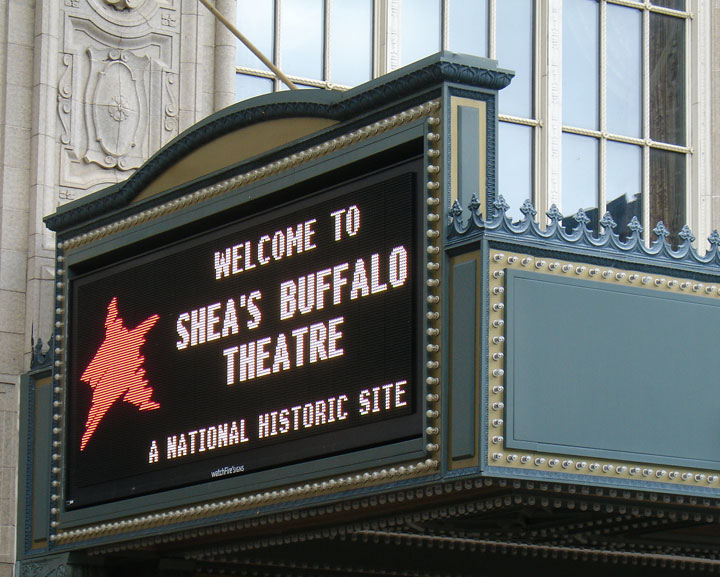
Shea's Buffalo, flagship of the theater chain, was designed by the noted firm of Rapp and Rapp of Chicago. Modeled in a combination of Spanish and French Baroque and Rococo styles, the theatre was designed to resemble opera houses and palaces of Europe of the 16th and 17th centuries. Originally the seating accommodated nearly 4,000 people, but several hundred seats were removed in the 1930s to make more comfortable accommodations in the orchestra area. The interior was designed by world renowned designer/artist Louis Comfort Tiffany with most of the elements still in place today. Many of the furnishings and fixtures were supplied by Marshall Field in Chicago, and included immense Czechoslovakian crystal chandeliers of the finest quality. The interior contained over 1-acre (4,000 m2) of seating.
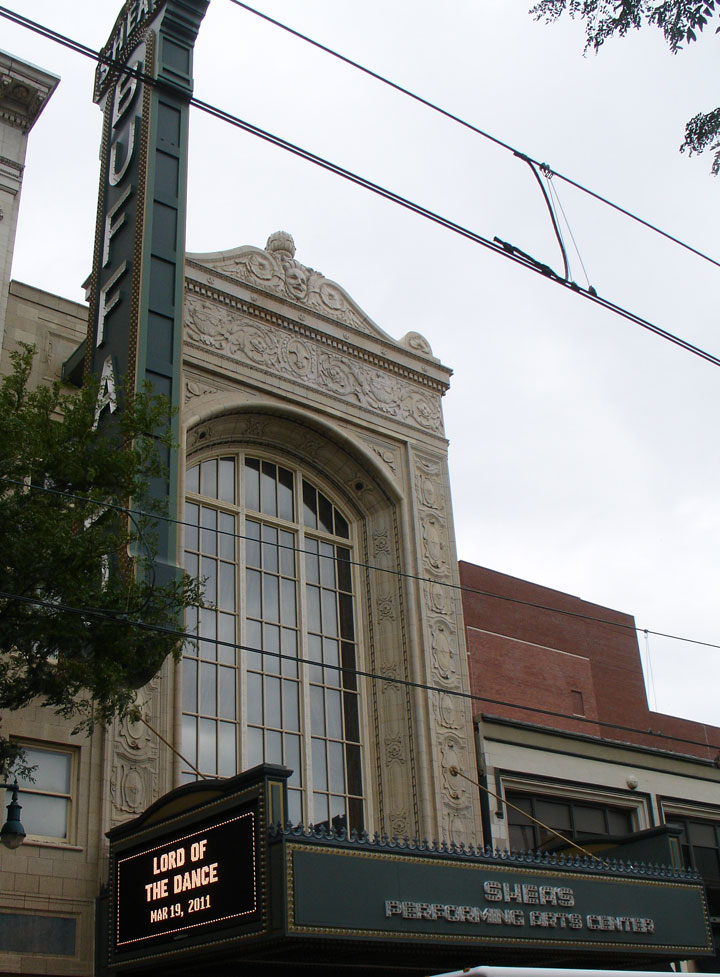
The cost of construction and outfitting of the theater in 1926 was just over $1,900,000. This was at a time when a new house could be purchased for $3,000 and a new Model A Ford was $1,000. The theater opened January 16, 1926 with the film King of Main Street, starring Adolph Menjou. When Michael Shea retired in 1930, Shea's interests were headed by V. R. McFaul, who owned and managed several dozen Shea's Theaters in the metro Buffalo area until his death in 1955. Loew's Corp took over the chain's interests in 1948, upon the Deregulation of the Movie and Theater Industry adjudicated by the Supreme Court.
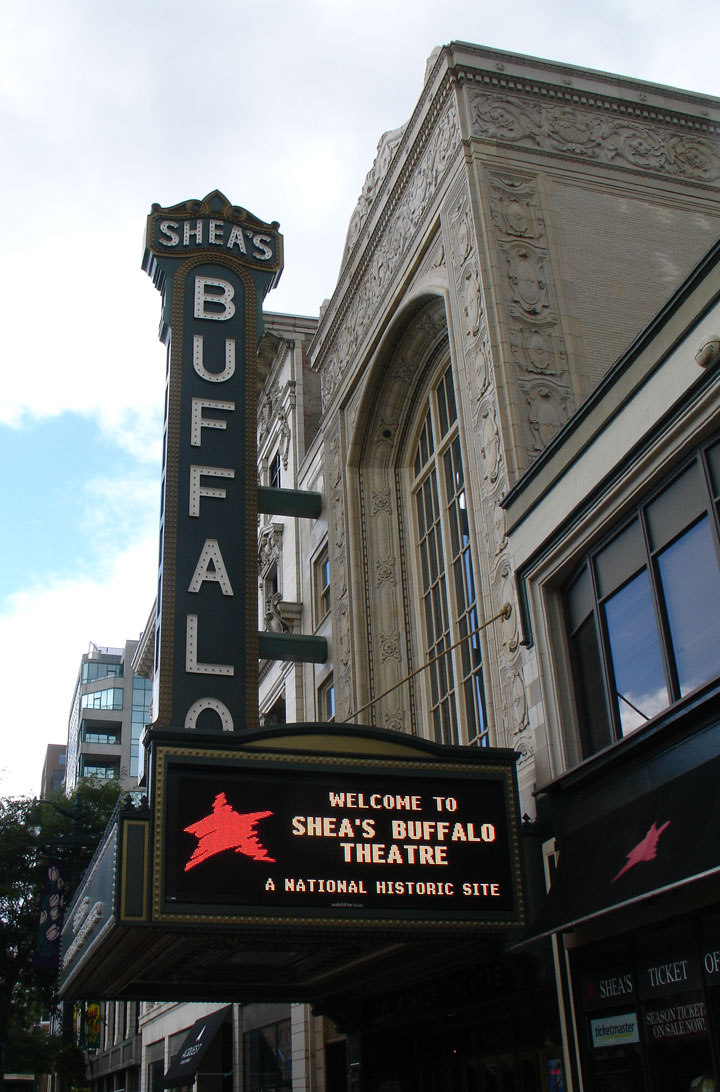
The theatre had a not-so-unusual history of falling into some disrepair in the
1960s and 1970s when downtown Buffalo was in decline. It was operated at that
time by Loew's Corporation as primarily a showcase for "Blacksploitation" films
such as the "Super Fly" series. The theatre was owned at that time by Leon
Lawrence Sidell, who was failing to pay his taxes.
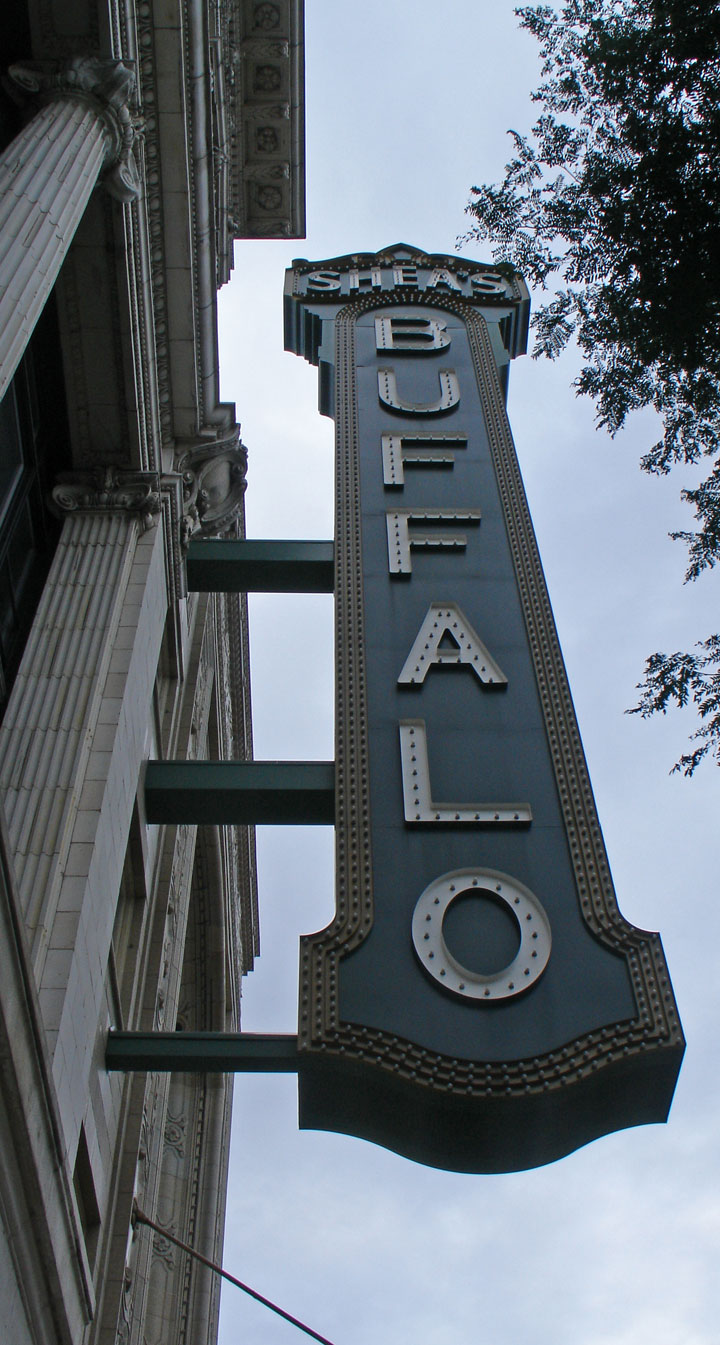
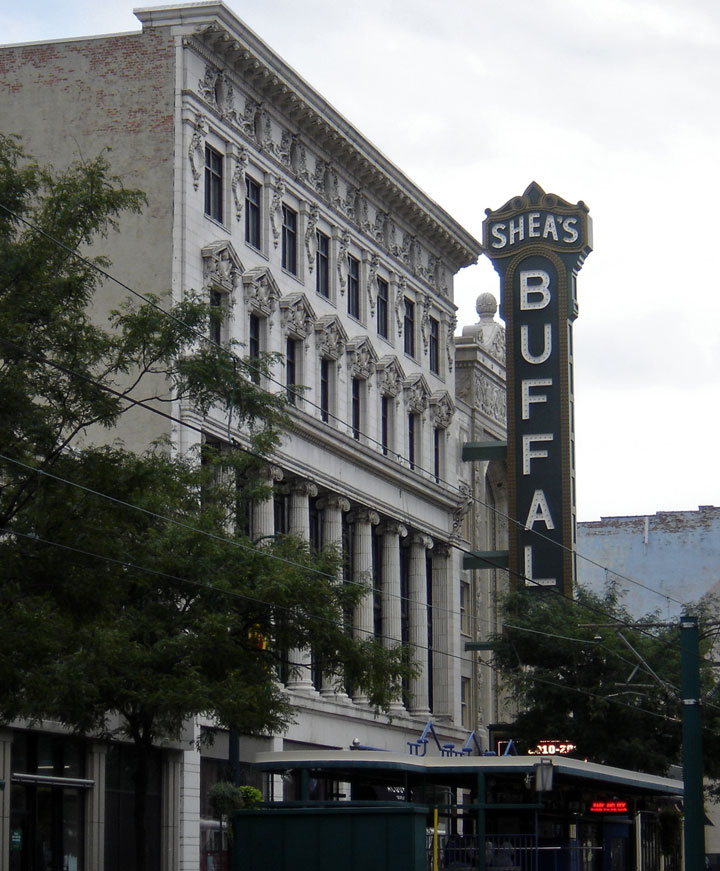
A small group of folks, led by Curt Mangel, and including Ben Hiltz, Steve
LaManna, Dan Harter and 9 others known as the original "Friends of the Buffalo"
theatre began doing work on the organ, and Mr. Mangel became the engineer of the
building. Mr. Mangel actually lived in the building, in the upper floors of the
dressing rooms for almost a year, while working on various engineering needs of
theatre, and for Loew's Corporation.
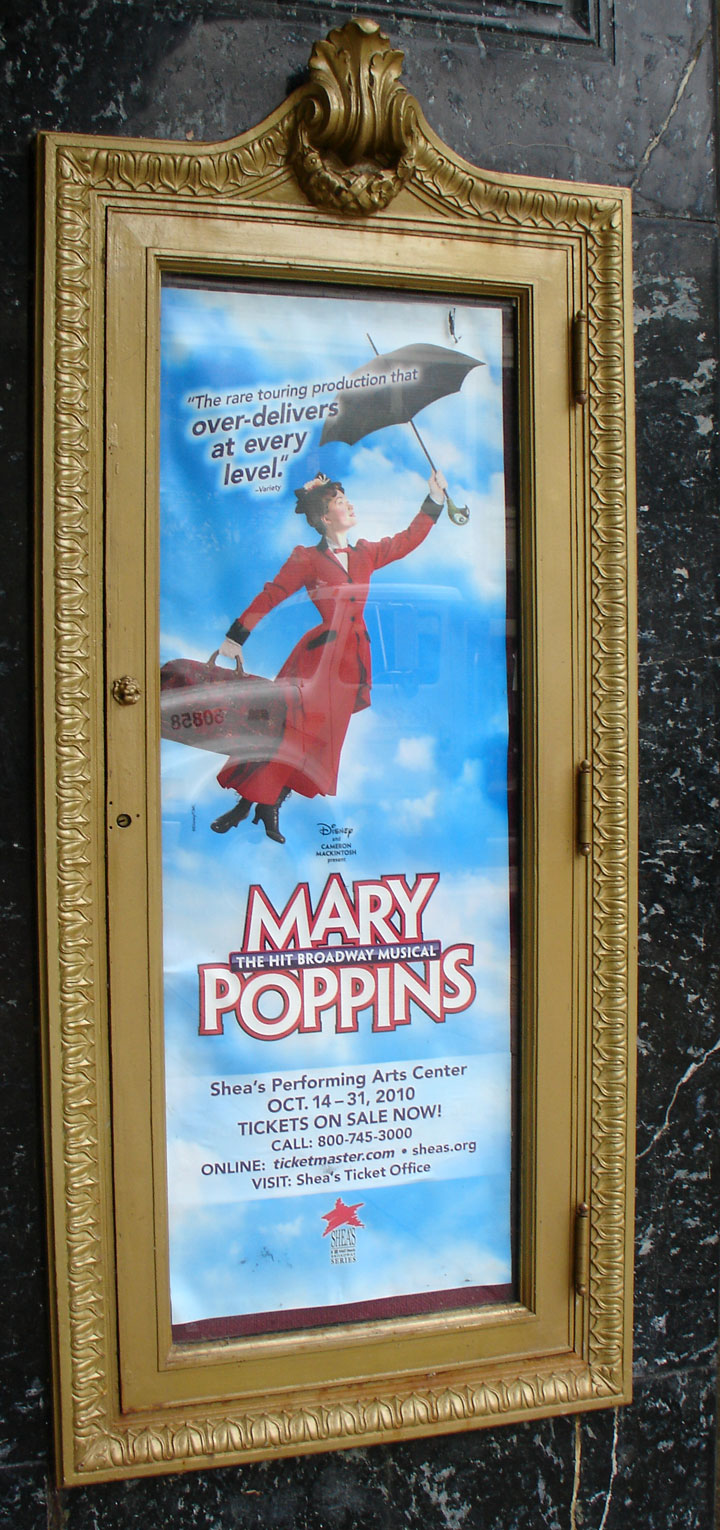
When it became apparent that the theatre would default to the city on back taxes
owed by Leon Lawrence Sidell, Loew's was preparing to leave and strip the
theatre of its contents. The Friends went through the theatre and inventoried
every item. In landmark court decision, a judge blocked Loew's from removing the
contents, including chandeliers, furniture, organ and projection equipment. The
claim was that Loew's owned these items, and legal counter argument stated that
the items were an integral part of the theatre. The judge actually toured the
theatre, including the organ chambers, and ruled for the Friends and the City of
Buffalo.
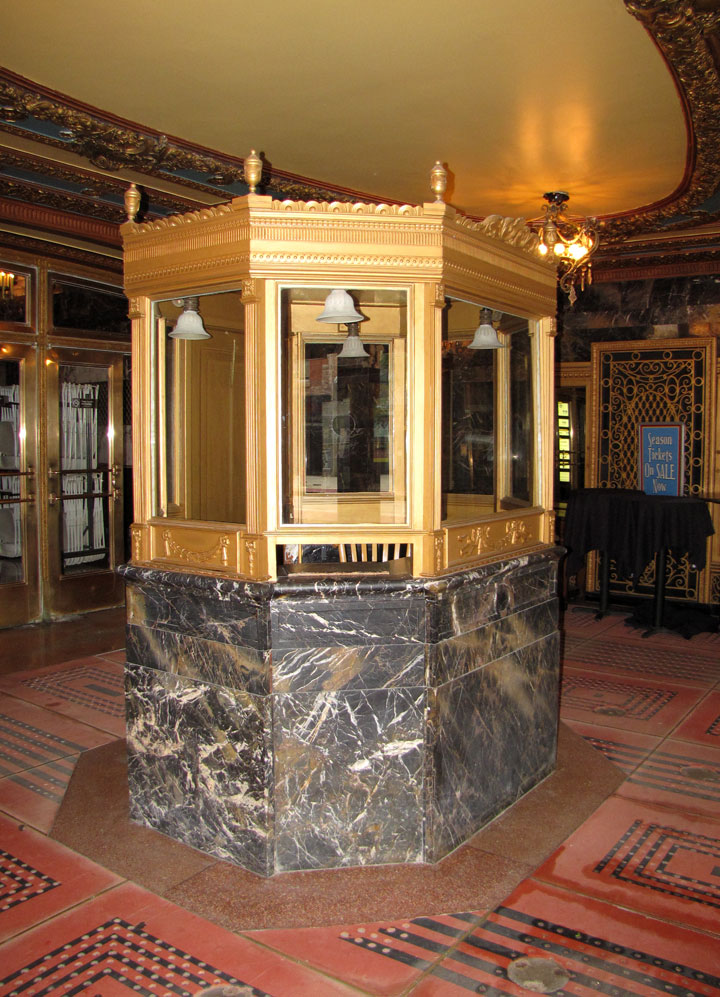
ticket office
The building, which could be considered a very high profile political football, came under the watchful eye of then Comptroller George O'Connell, for whom the theatre was later surnamed. Under his watch, and the Friends, the theatre was able to keep its utilities running, and repair began. The Friends of the Buffalo were then given operating privileges of the building and undertook massive restoration through government grants and developed a performance series in the late 70's.
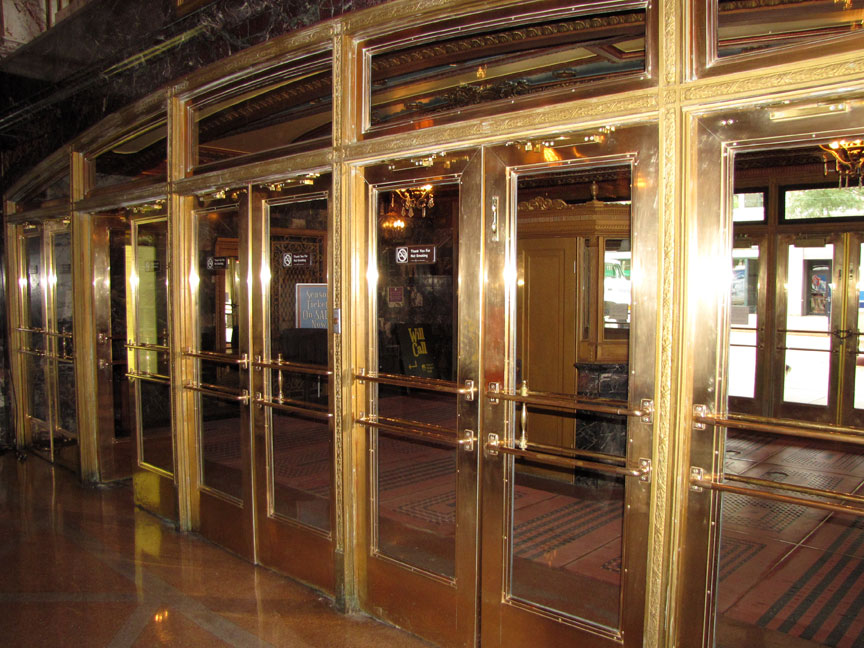
ticket office lobby
A Grand Re-Opening was mounted to a sold-out audience in the late 1970s with Cab Calloway and George Burns. Calloway had performed at the theatre at its original opening week in 1926 and Burns had performed there in the late 1940s.
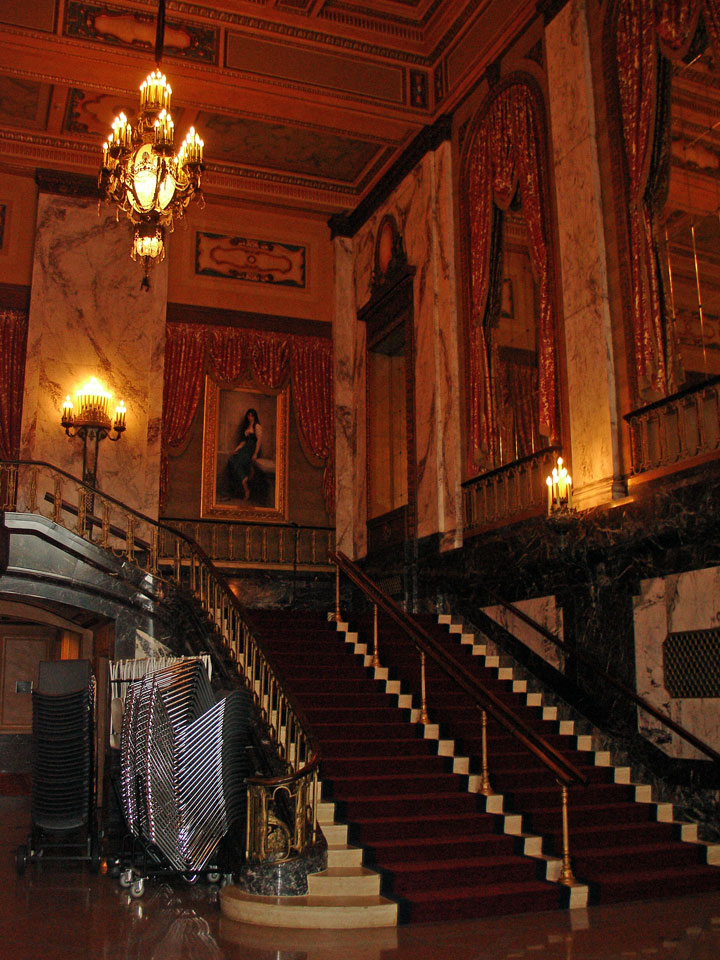
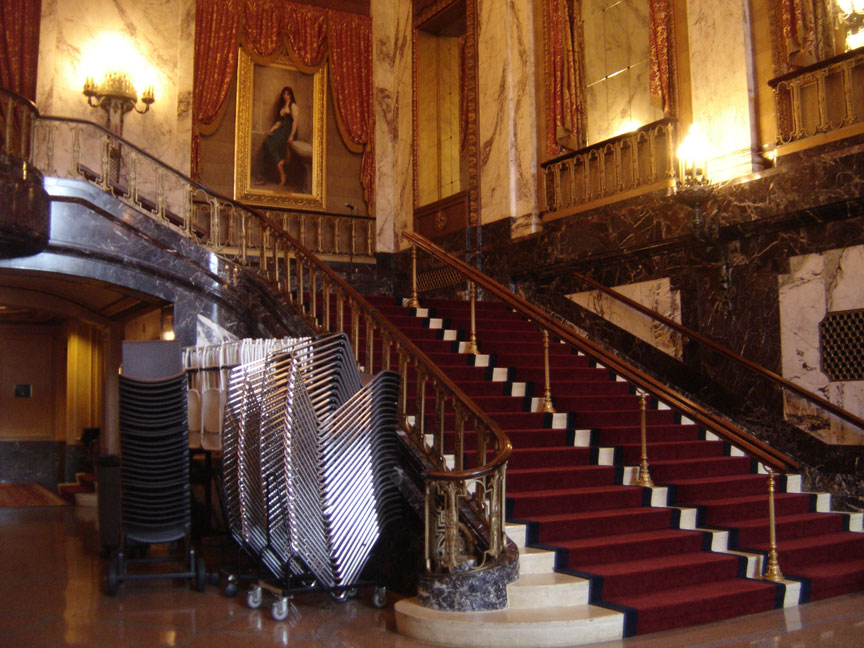
The volunteer Friends of the Buffalo group was replaced by a professional
management team. The Friends continued to enlarge its volunteer base, which
worked on various restoration projects, including the Wurlitzer Organ.
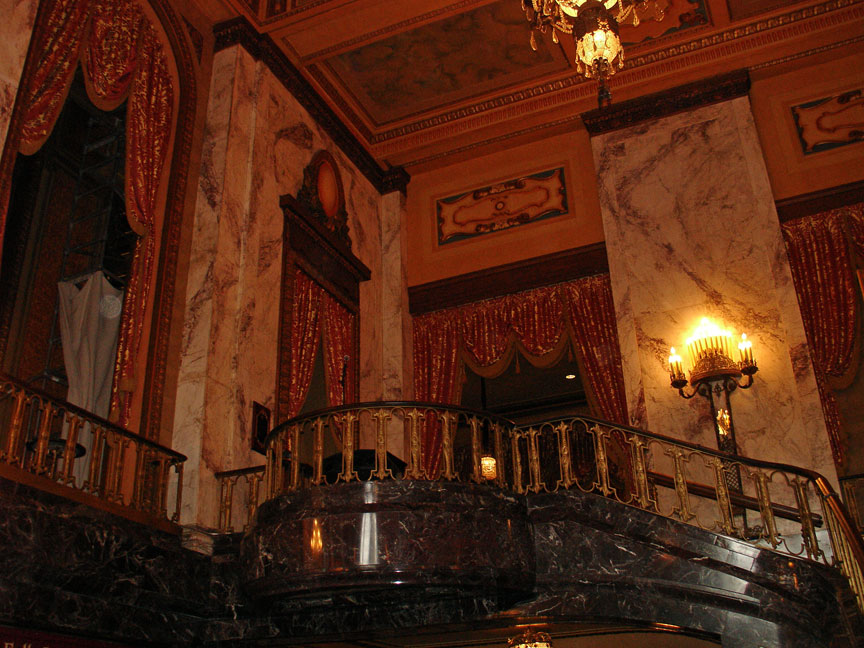
Later, political appointees were ushered into running the theatre which
continues to the present day.
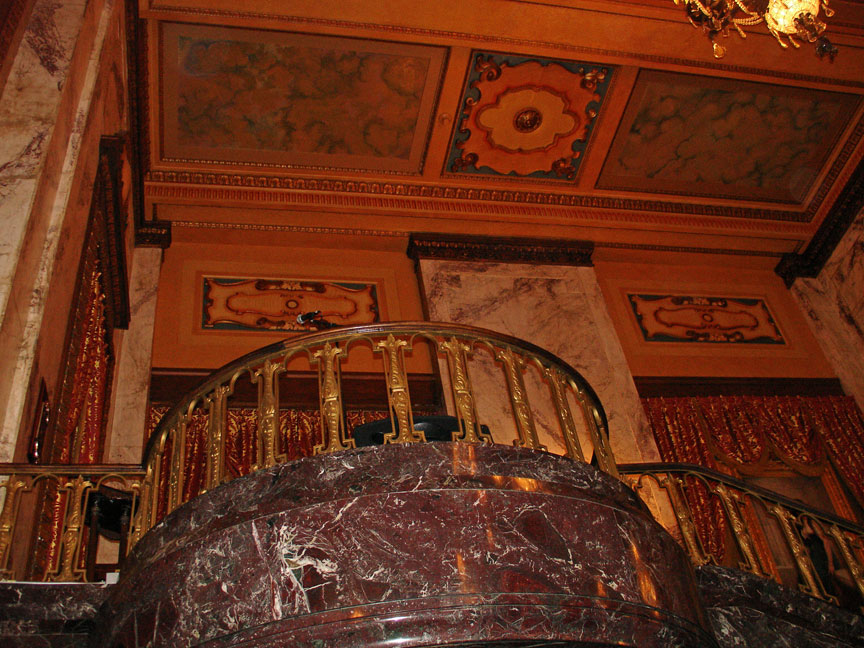
The theatre is a hugely successful performance center, having undergone a large
expansion of its stage facilities to accommodate larger touring productions.
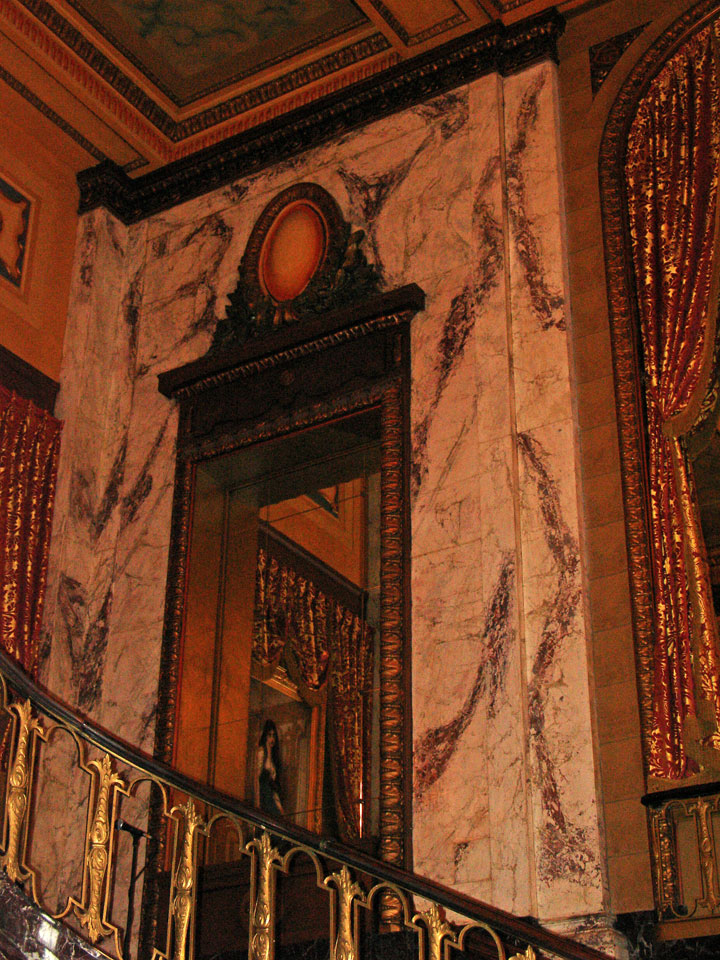
The theater's "Mighty Wurlitzer" was a custom design built by the Wurlitzer
Company and was one of only 5 in the world that had tonal finishing, provided
directly from the Wurlitzer factory, after it had been installed in the theater.
The organ was used as a demonstrator by the Wurlitzer Factory, in nearby North
Tonawanda, whenever a visiting customer wanted to hear an example of a 4 manual
(keyboard) organ installed in a theater. {The demonstrator for a 3 manual
(keyboard) organ was the Riviera Theatre in North Tonawanda, NY.}
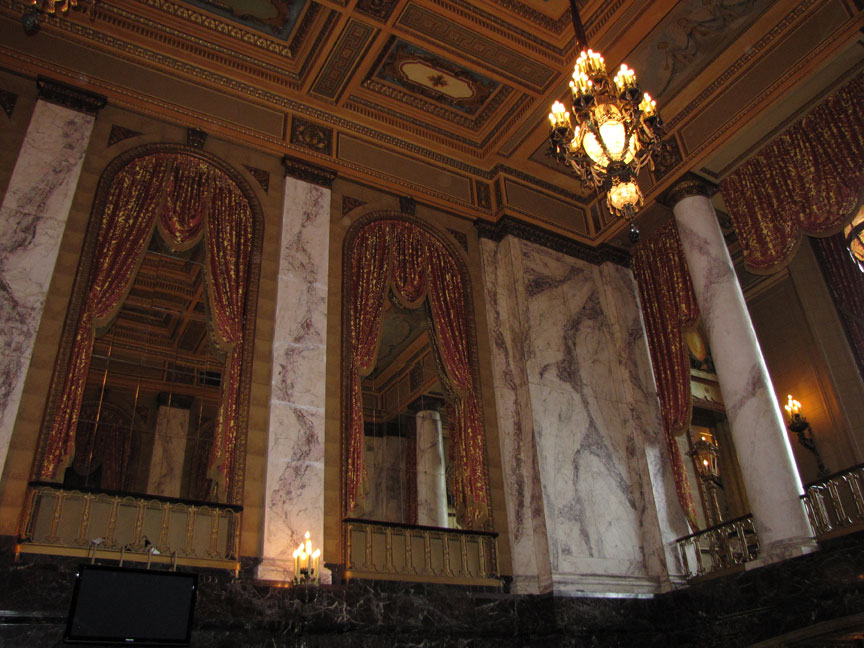
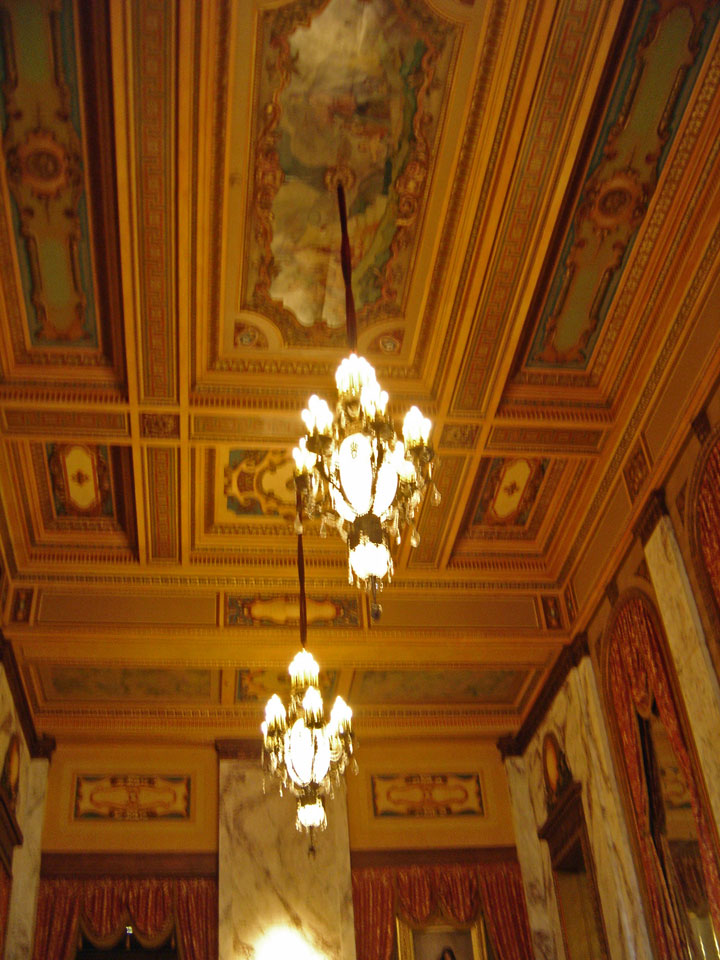
Built originally to provide silent film accompaniment, like many of the
thousands of instruments like it, fell into disrepair, rarely being heard in the
1940s, and 1950's. It was put back into somewhat playable condition for the 1964
convention of the American Theatre Organ Enthusiasts, (now the American Theatre
Organ Society or ATOS) for a series of memorable concerts. On or around that
time, a valuable set of Brass Trumpets, special pipe work of a theatre organ, was
stolen.

It then sat virtually silent again until the late 1970s, when it was made
playable again by the Friends of the Buffalo for the Grand Re-opening of the
theatre.
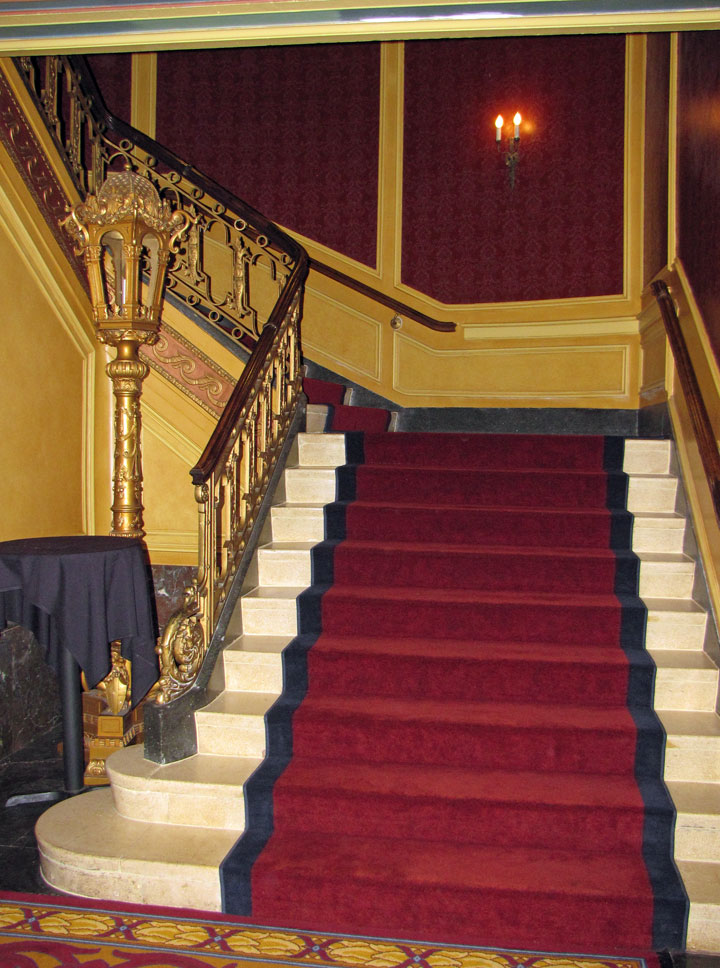
In late 1970s the Wurlitzer underwent a huge restoration, provided by monetary
grants from various arts organizations, including complete replacement of the
relay (switching) system that controlled the organ, as well as restoration of
wind chests, missing pipe replacements, wiring and organ console work.
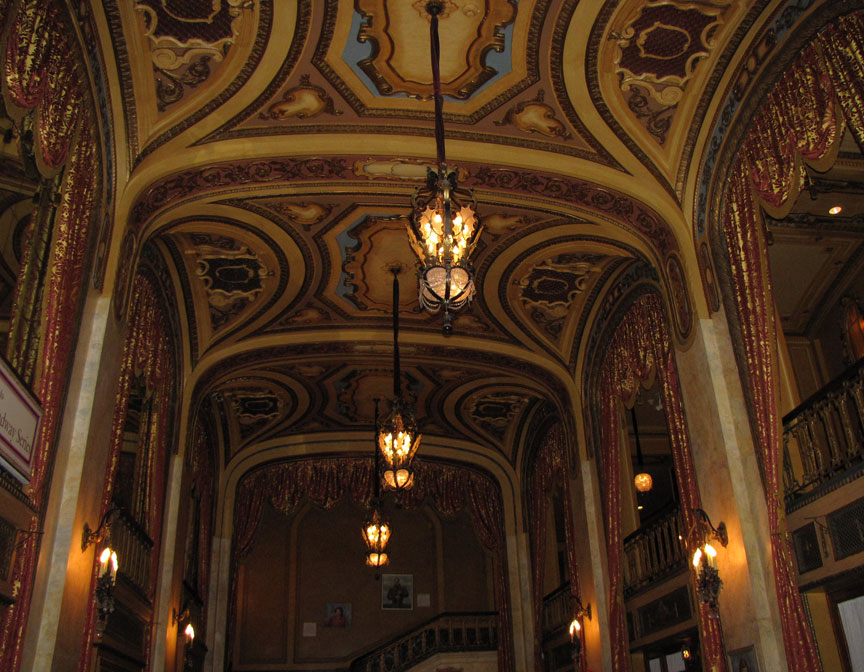
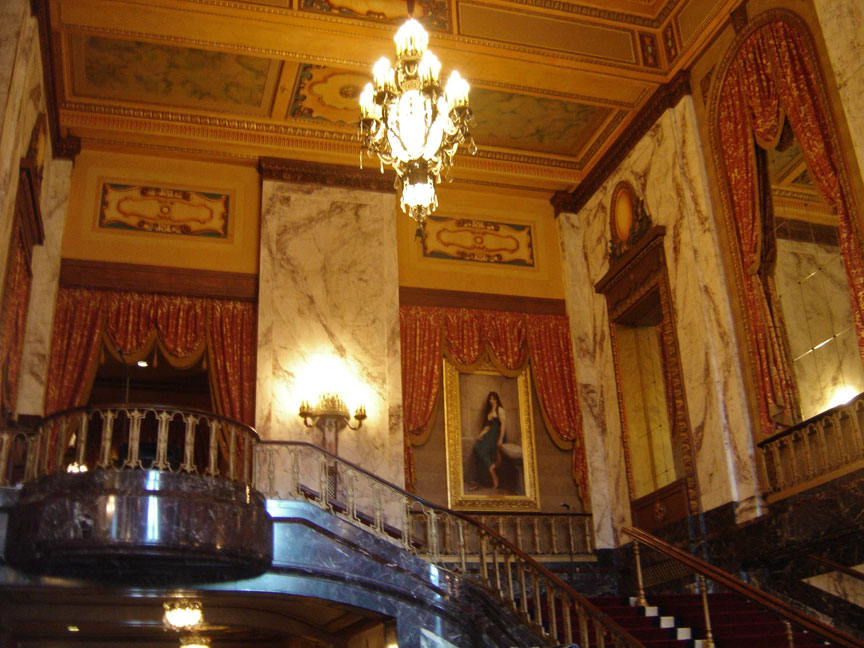
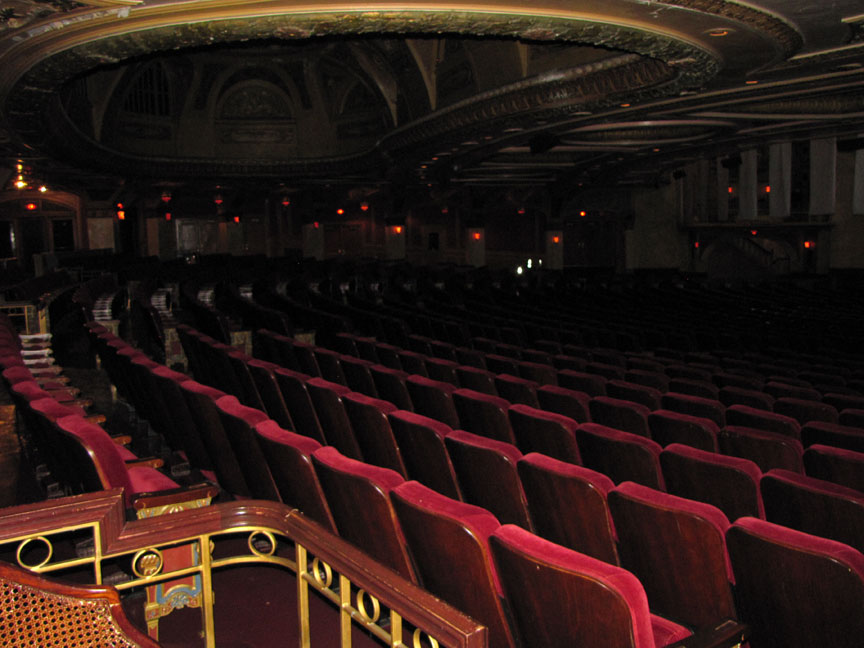
The revitalized organ was premiered to the public with a sold-out concert by
noted theatre organist Lyn Larsen. Since that time it has been used for solo
concerts, silent films and background music prior to and after events in the
theatre.

view of the stage
In 2006, to commemorate the theater's 80th birthday, the Buffalo Philharmonic Orchestra under the direction of conductor JoAnn Falletta played a concert there with Anthony Neuman playing the organ. Highlights of the program included Camille Saint-SaŽns "Organ" Symphony 3 in C minor, selections from The Phantom of the Opera, Bach's Toccata and Fugue in D minor, and Louis Vierne's Carillon de Westminster.
Text from Wikipedia
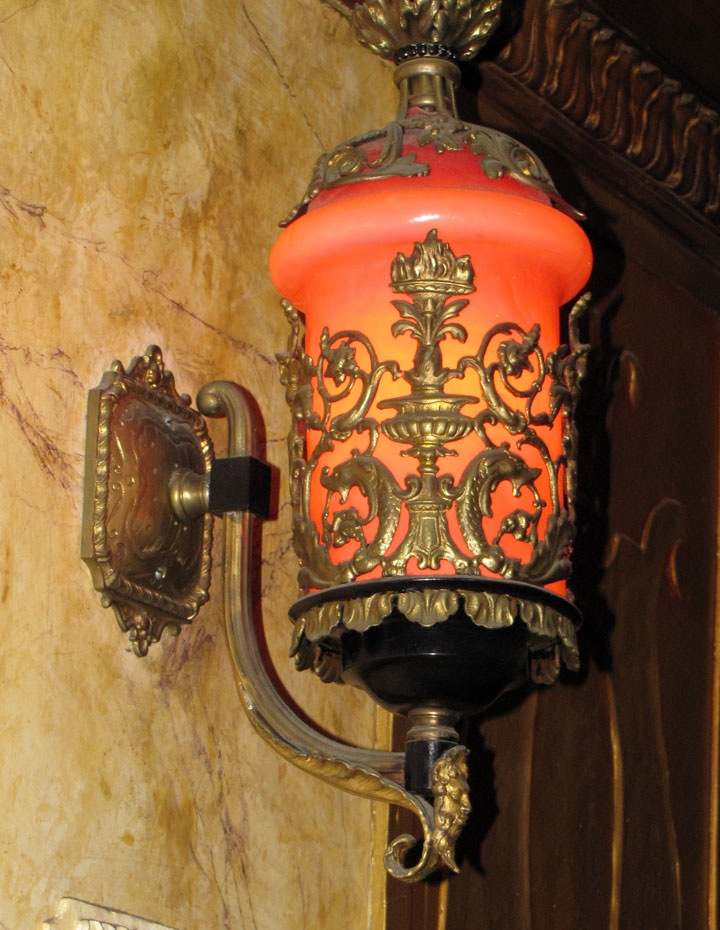
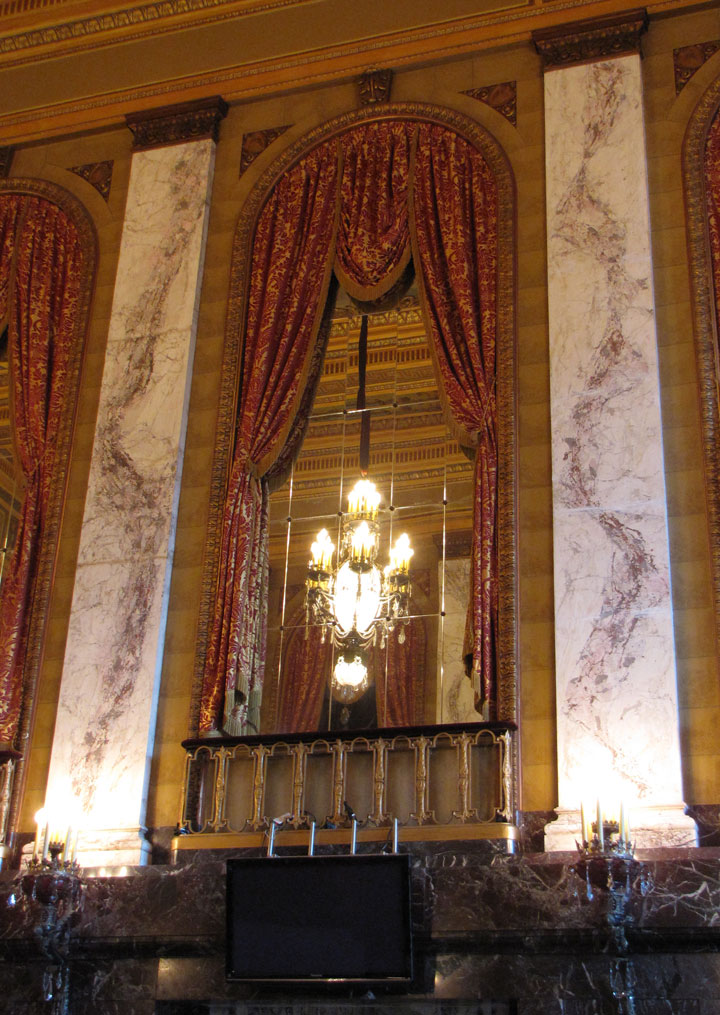
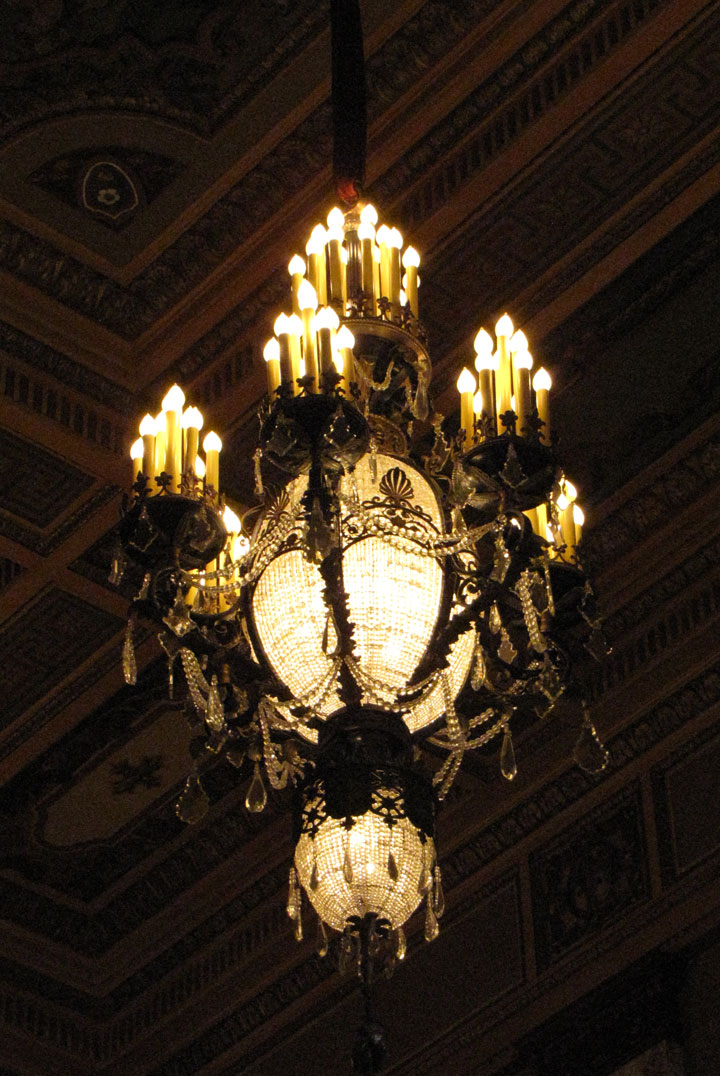
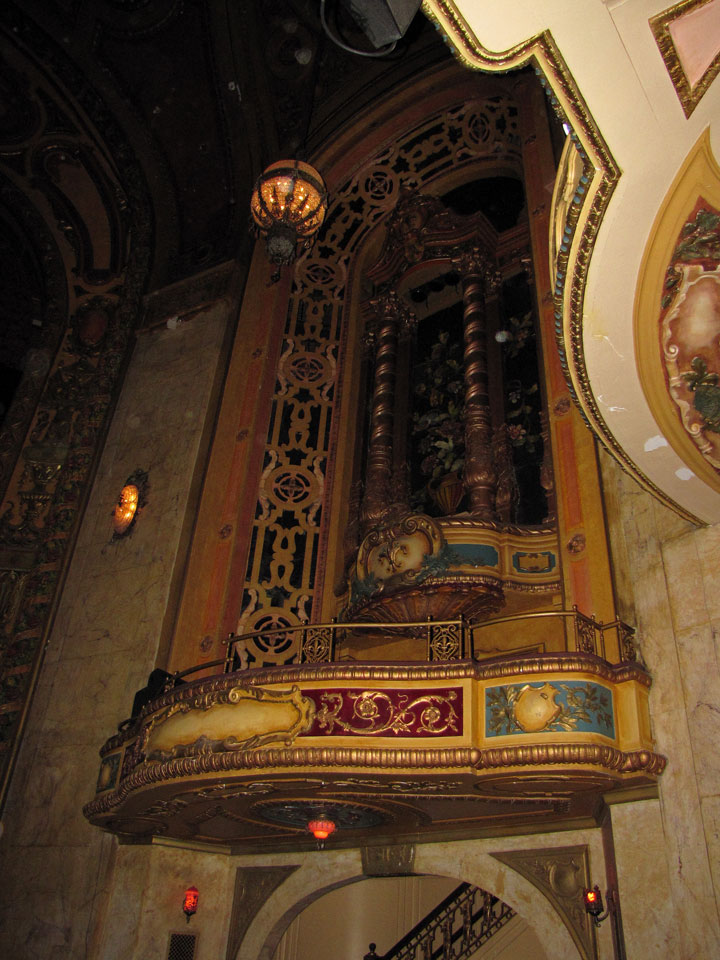
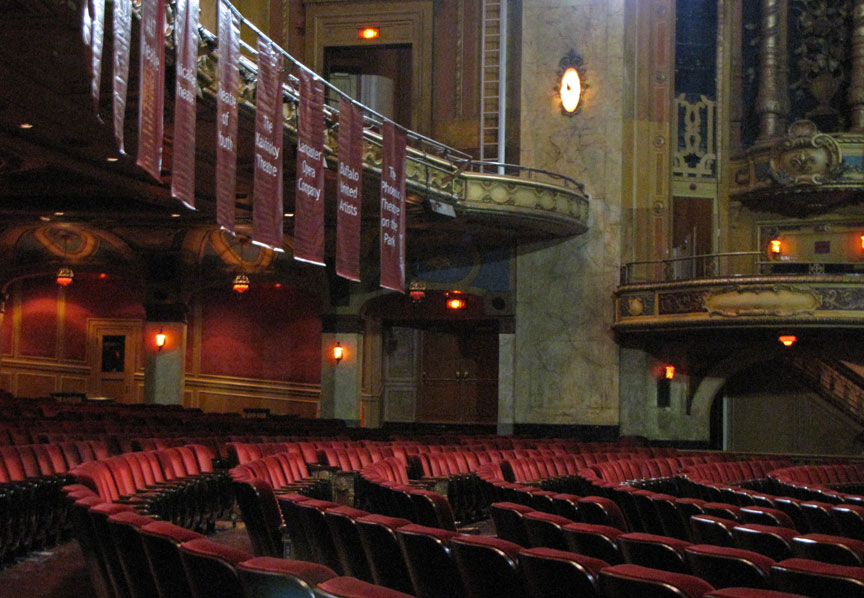
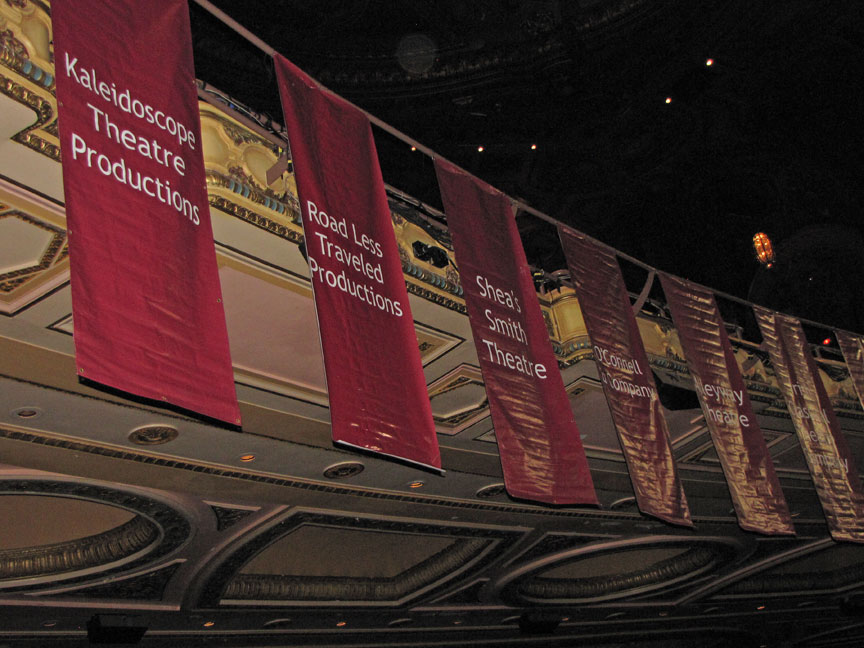
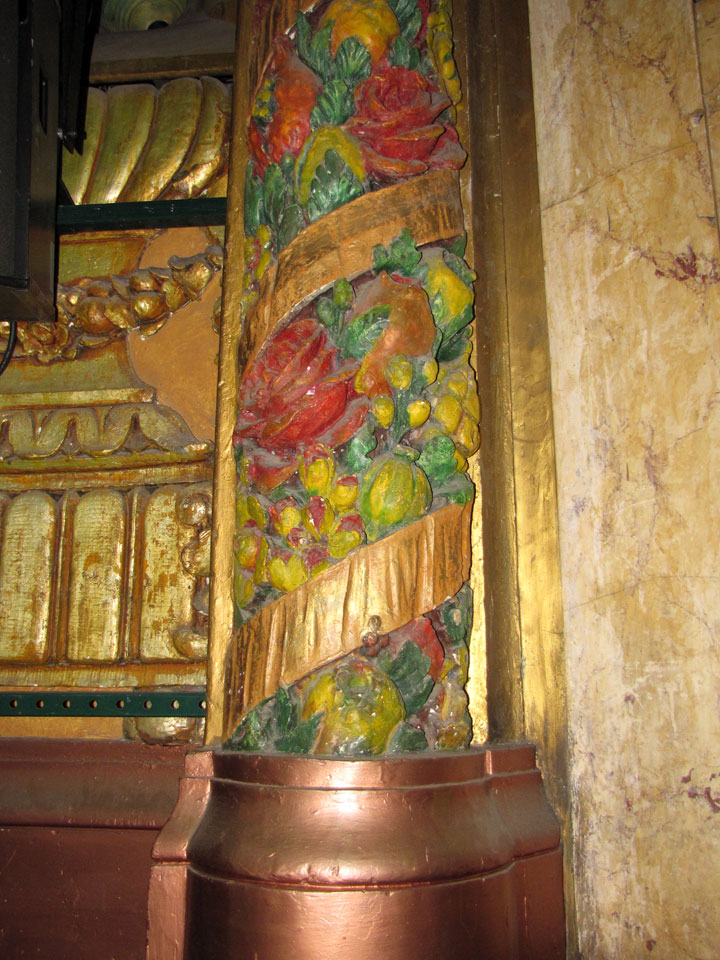
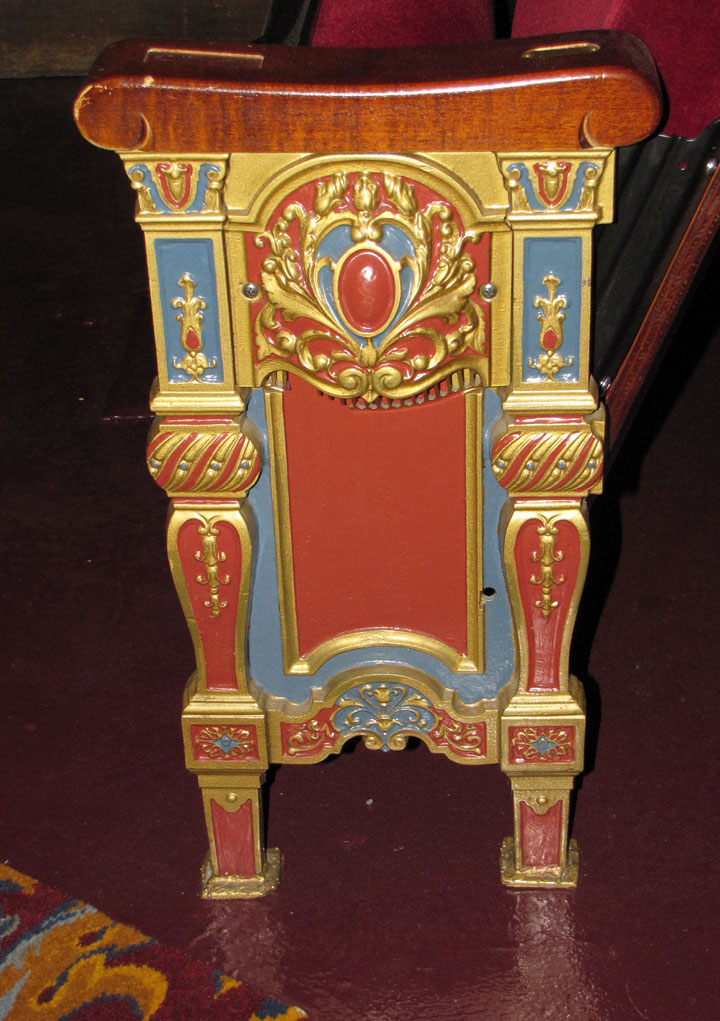
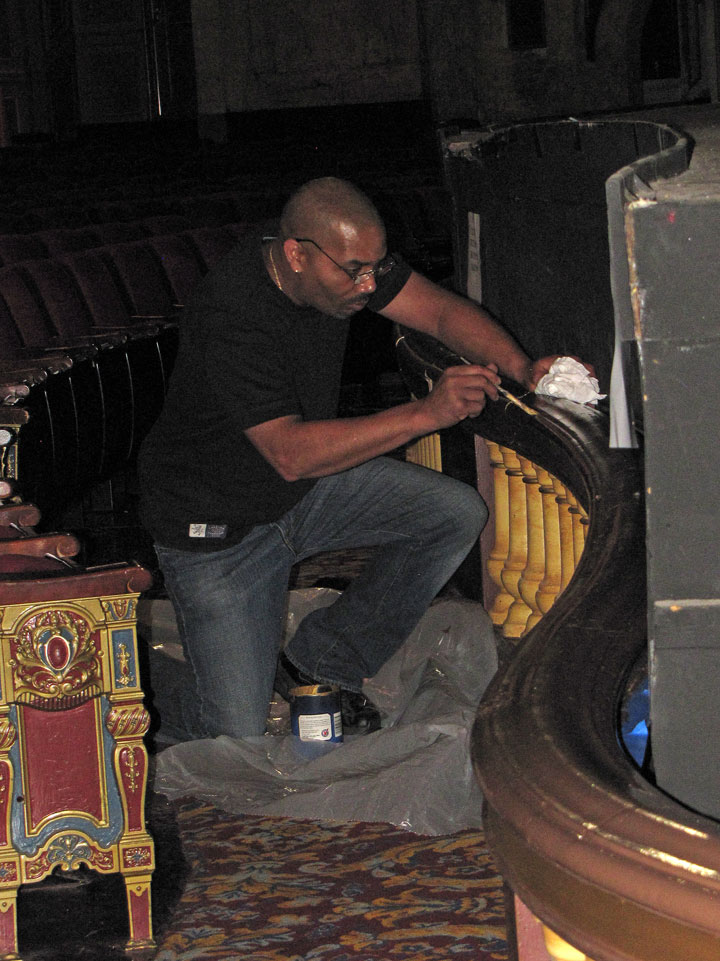
repairing the rail paint

the balcony
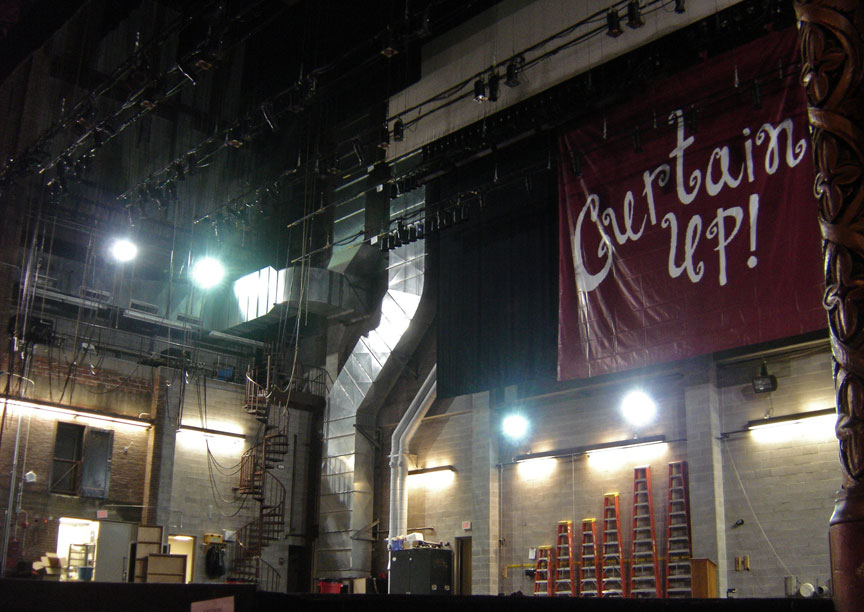
newly renovated stage
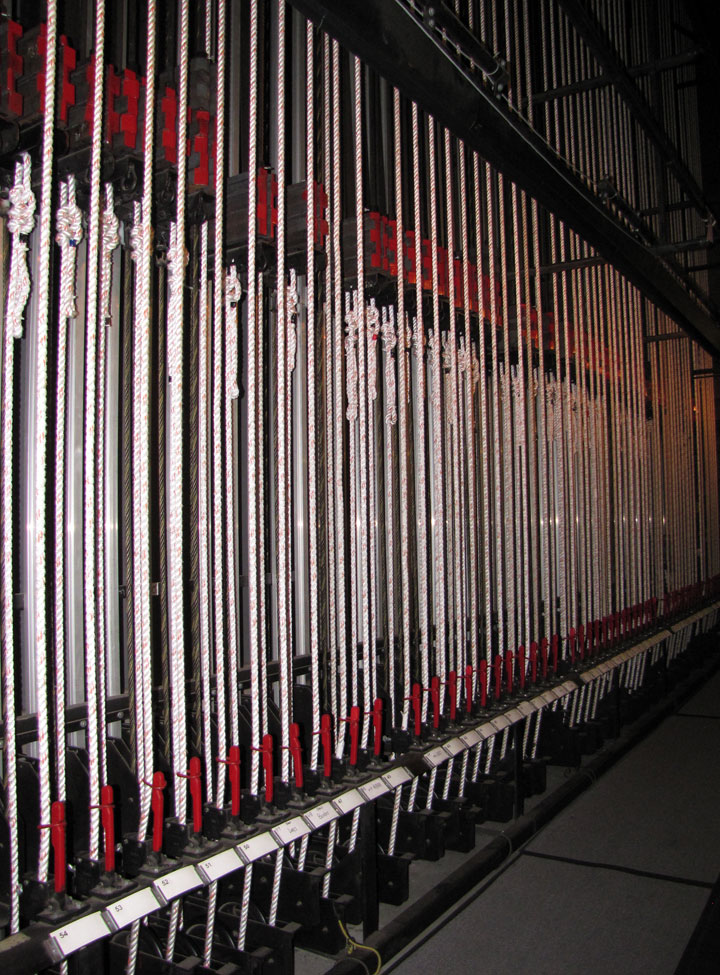
ropes for the stage drapes and curtains
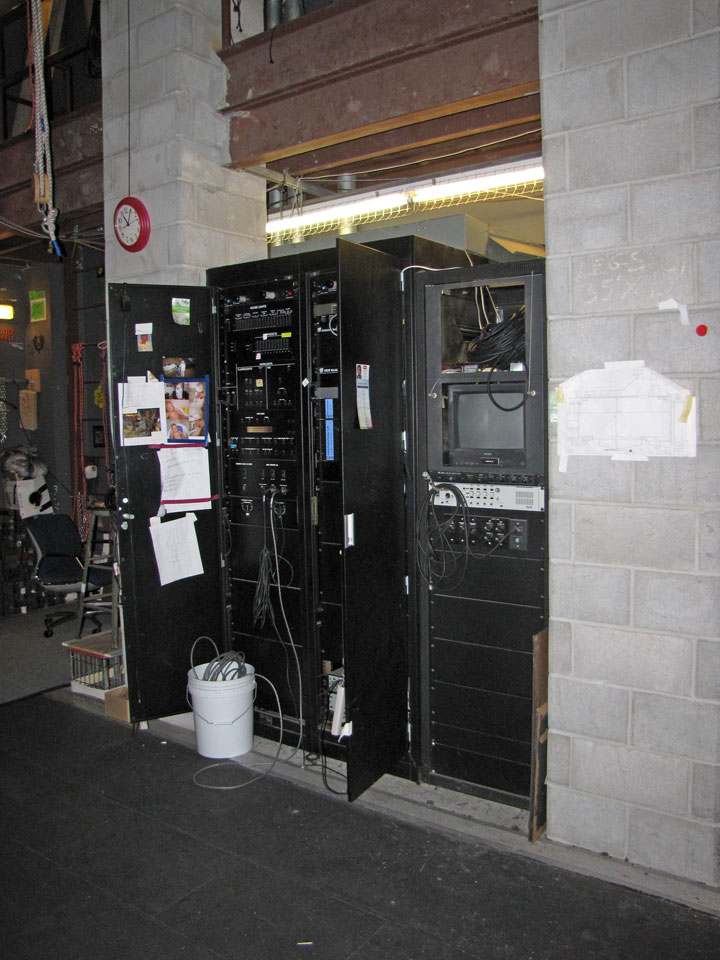
the modern technology

stage entrance
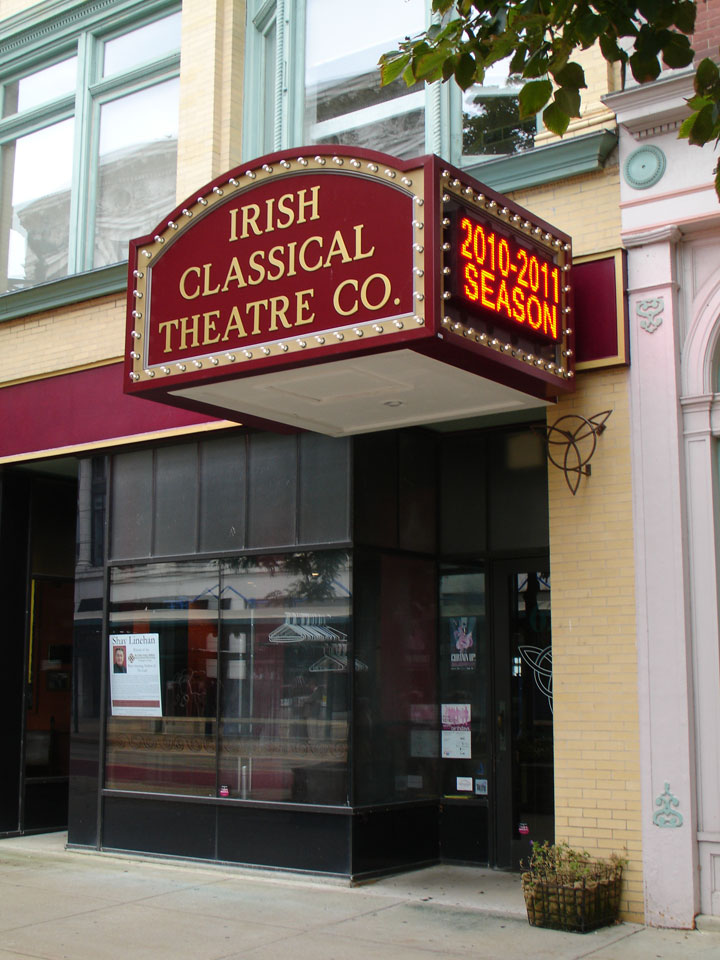
ticket office for one the the many performing groups